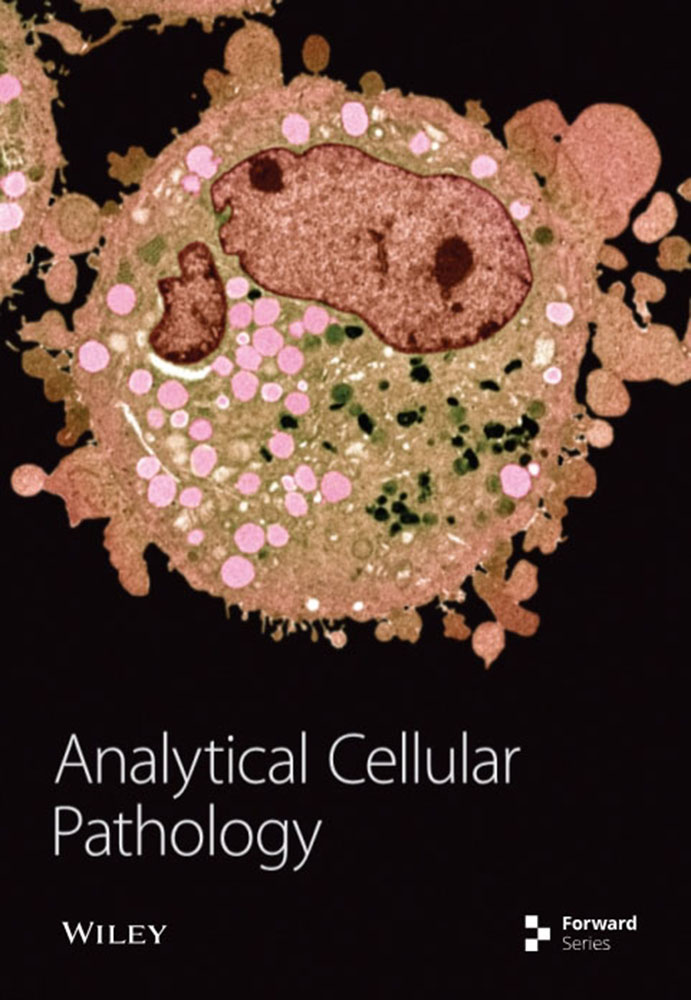N-Acetylcysteine Treats Spinal Cord Injury by Inhibiting Astrocyte Proliferation
IF 2.7
4区 医学
Q3 CELL BIOLOGY
引用次数: 0
Abstract
Astrocyte proliferation commonly occurs after spinal cord injury (SCI). N-Acetylcysteine (NAC) has a regulatory effect on many diseases. In this study, we investigated the effect and underlying mechanism of NAC on astrocytes in SCI. We isolated rat primary astrocytes and stimulated with lipopolysaccharide to induce cell proliferation and degeneration. A rat model of SCI was also established, and the Basso–Beattie–Bresnahan score was determined. The localization of glial fibrillary acidic protein in the cells and tissues was determined using TUNEL staining and immunofluorescence, while that of connexin 43 was assessed via immunofluorescence. Pathological changes associated with SCI were detected using hematoxylin and eosin staining, and inflammatory factors were detected using enzyme-linked immunosorbent assay. Additionally, JAK/STAT expression was evaluated using western blotting and quantitative reverse transcription polymerase chain reaction. NAC downregulated the glial fibrillary acidic protein abundance and connexin 43 in reactive astrocytes and SCI rat models while inhibiting the abundance of secreted proteins DSPG, HSPG, KSPG, tenascin C, vimentin, CSPG, ephrin-B2, and nestin. NAC also regulated the JAK/STAT signaling pathway by downregulating the expression of JAK2, STAT5, STAT3, STAT1, PIM1, NFATc1, COL1, COL3, TGF-β, SMAD1, CTGF, CyCD1, and CDK4, thus alleviating SCI. Finally, NAC exhibited durable effects, with no SCI recurrence within 60 days. Therefore, NAC relieves SCI by inhibiting the proliferation of reactive astrocytes and suppressing the expression of secretory and JAK/STAT pathway proteins.N-乙酰半胱氨酸通过抑制星形胶质细胞增殖治疗脊髓损伤
脊髓损伤(SCI)后通常会出现星形胶质细胞增殖。N-乙酰半胱氨酸(NAC)对许多疾病都有调节作用。本研究探讨了 NAC 对 SCI 中星形胶质细胞的影响及其机制。我们分离了大鼠原代星形胶质细胞,用脂多糖刺激诱导细胞增殖和变性。我们还建立了大鼠 SCI 模型,并测定了 Basso-Beattie-Bresnahan 评分。使用 TUNEL 染色和免疫荧光确定神经胶质纤维酸性蛋白在细胞和组织中的定位,并通过免疫荧光评估连接蛋白 43 的定位。苏木精和伊红染色法检测了与 SCI 相关的病理变化,酶联免疫吸附法检测了炎症因子。此外,还使用 Western 印迹和定量反转录聚合酶链反应评估了 JAK/STAT 的表达。NAC 下调了反应性星形胶质细胞和 SCI 大鼠模型中胶质纤维酸性蛋白的丰度和连接蛋白 43,同时抑制了分泌蛋白 DSPG、HSPG、KSPG、tenascin C、vimentin、CSPG、ephrin-B2 和 nestin 的丰度。NAC 还通过下调 JAK2、STAT5、STAT3、STAT1、PIM1、NFATc1、COL1、COL3、TGF-β、SMAD1、CTGF、CyCD1 和 CDK4 的表达来调节 JAK/STAT 信号通路,从而缓解 SCI。最后,NAC 显示出持久的效果,60 天内 SCI 没有复发。因此,NAC 可抑制反应性星形胶质细胞的增殖,抑制分泌蛋白和 JAK/STAT 通路蛋白的表达,从而缓解 SCI。
本文章由计算机程序翻译,如有差异,请以英文原文为准。
求助全文
约1分钟内获得全文
求助全文
来源期刊

Analytical Cellular Pathology
ONCOLOGY-CELL BIOLOGY
CiteScore
4.90
自引率
3.10%
发文量
70
审稿时长
16 weeks
期刊介绍:
Analytical Cellular Pathology is a peer-reviewed, Open Access journal that provides a forum for scientists, medical practitioners and pathologists working in the area of cellular pathology. The journal publishes original research articles, review articles, and clinical studies related to cytology, carcinogenesis, cell receptors, biomarkers, diagnostic pathology, immunopathology, and hematology.
 求助内容:
求助内容: 应助结果提醒方式:
应助结果提醒方式:


